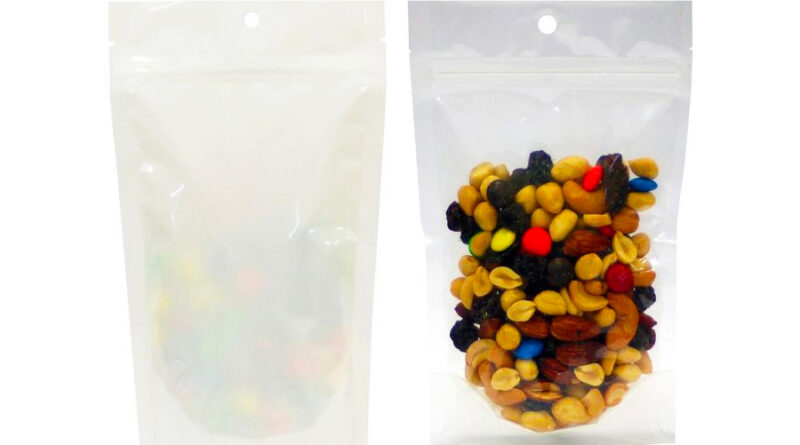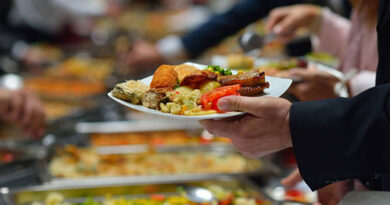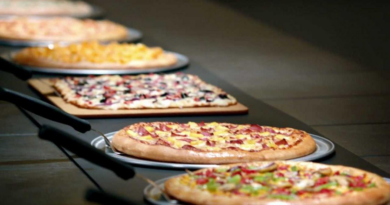Packaging – Plastic & Metal Food Packaging Materials –
Introduction –
In late many years, packaging and holders have turned into a fundamental component in food buys. The food is bundled and loaded fully intent on being shipped and put away. That is, in addition to the fact that it is a compartment, however “the holder should safeguard what it sells and sell what it secures”, dealing with the communications among food and packaging material. According to the business viewpoint, the presence of packaging is especially significant on the grounds that it distinguishes the item in the dissemination chain and separates it when it arrives at the customer. Learn more about, stand up pouches for food. Then, the most involved packaging materials in the food business are itemized: plastics, glass, metals and wood and its subordinates. Plastics are natural polymeric materials that can be formed into the ideal shape. The daintiness and adaptability of these have been affirmed over a long time in the handling and packaging of food. Plastic compartments and packaging safeguard against the defilement of food and proposition sufficient mechanical strength.
PVC Packaging Material –
Because of a lower cost and lower energy utilization during assembling, plastics have supplanted customary packaging materials. What’s more, they can safeguard and safeguard the food for longer, limiting the utilization of additives. According to the purchaser, they are not difficult to deal with and open, and proposition a compelling surface for printing marks or brands. Notwithstanding, in spite of the fact that plastics are recyclable materials, they are toxins. In the plastic assembling process, there are numerous assortments of plastic gums, with the most utilized being: Polyvinyl chloride (PVC): extremely impervious to dampness, fats and gases. Polyethylene and its assortments (PET, HDPE, LDPE). The advancement of the PET reach has changed the packaging business, permitting plastic to contend straightforwardly with glass bottles. Polystyrene (PS) is the plastic of decision for thermoforming because of its solidarity, flexibility and minimal expense.
Cellulose Packaging –
Cellulose is a biodegradable substance gotten from the cell mass of numerous vegetables and growths. It was the main straightforward film that was utilized in packaging and is as of now utilized for dessert shop and baked good items, in circumstances where fumes need to “relax” to try not to disfigure the item Polyamides are a kind of polymer that can be found in nature like fleece, or artificially, similar to nylon. They are utilized for bubbled items in packs, frozen foods, fish, meat, vegetables and handled meat and cheddar. The principal utilization of these metals (tin and others) is the conservation of canned foods and drinks. The most generally utilized are tin-covered steel and aluminium jars. A dark material gives a benefit to food that is delicate to light. Metal jars are made of steel sheet covered with tin as a proportion of protection against consumption of steel, particularly when they contain items with low pH.
Aluminium Packaging –
Aluminium is progressively utilized for canning because of its delicacy, minimal expense and ability to be reused. It very well may be found in packaging, bottle terminations and wraps and overlays. It has similar boundary properties as steel however with the upside of being impervious to erosion. Aluminium foil is shaped by layers of overlaid aluminium. An exceptionally adaptable item permits to safeguard or safeguard food in the homegrown climate. Be that as it may, it is challenging to use in present day quick packaging hardware because of kinks, tears and checks. Slender walled aluminium jars are reasonable for carbonated drinks, while wide-walled jars are appropriate for steam cleansing. Alternatively, interior enamels can be utilized to keep away from collaboration with the item and remotely to safeguard the ink from the marking.




